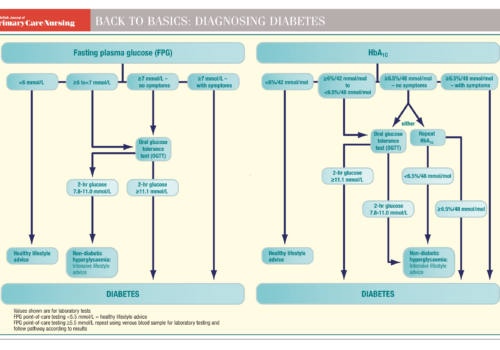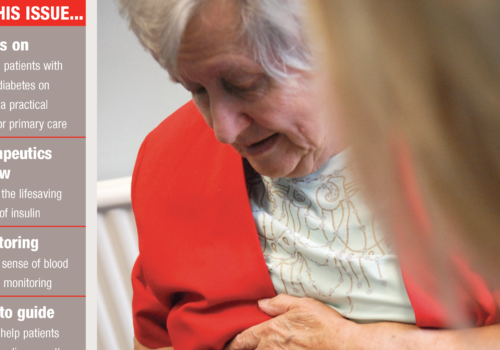Glucose monitoring has revolutionised the management of diabetes by providing the means for patients to check their blood glucose level in real time. This review provides an update on continuous glucose monitoring, looks at the devices available and analyses what the strategy adds to diabetes management.
























